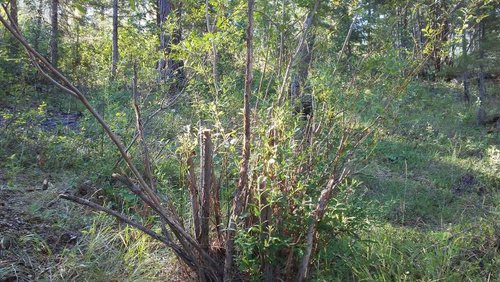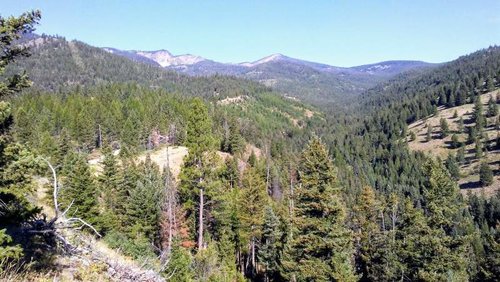BigHornRam
Well-known member
1988 and 2000 were big fire years in Montana, so what would cause declining range conditions where Moose are?
(I assume Shiras populations in Montana are mostly on Forest Service lands at higher elevations)
I looked into this a little. Yellowstone park SWAG says fires caused loss of old growth forests causing reduction in moose.
https://www.nps.gov/yell/learn/nature/1988fireconsequences.htm






